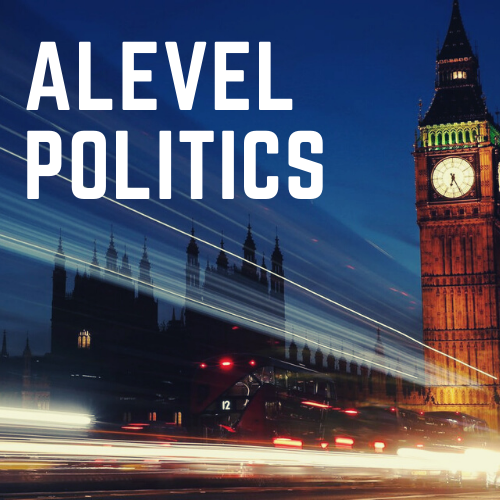The Coalition Government Policy Fault-lines
The coalition is generally united over policies and ideas, many of the big reforms of this government, austerity, health and education have all passed due to agreement at cabinet level. Both parties combined their manifestos and developed a working document for government in 2010 and suggested 70% of their manifestos were adopted. There are, however a number of areas where disagreement has emerged, particularly constitutional matters and Europe. The coalition remains united in social matters. For instance, gay marriage was an Act Cameron introduced calling upon his social liberal inclination, arguably a Conservative leader without a coalition would not have attempted to pass such an act due to Tory backbench fears. Indeed the bill only passed with Liberal and Labour support, with a large number of Tories rebelling on the backbenches. However to appease his backbenchers, Cameron has spoken a lot more about traditional social conservatism, promising a marriage tax allowance and promoting his Christian faith, something Liberals find distasteful.However, on constitutional policies it seems both parties remain disunited. For instance, the AV referendum in 2011 was indicative of the tensions within the Coalition, they were on opposing campaigns. The Liberal Democrats advocated a ‘yes’ vote and the Conservatives a ‘no’ vote, Cameron didn’t want to remove FPTP. Another issue they differ on is the Human Rights Act, the Lib Dems believe it is a document that entrenches citizens’ rights and safeguards liberal democracy. Whereas, the Conservatives are largely opposed to it, Theresa May the Home Secretary, like many Conservatives argues it is a ‘Charter for Terrorists and criminals’. The Lords reform is a policy that both leaders agreed, for an either wholly or partially elected chamber. However Conservative backbenchers scuppered it by saying they would vote against it, causing retaliation from the Lib Dems who scuppered the boundary changes bill. Both parties agree with the idea of MP recall, yet there has been no movement, many believing Tory backbenchers are jittery about their seats being subject to public recall. Coalition divisions have meant there has been no movement on constitutional matters.Education is generally an area that invites consensus in the coalition. For instance, both parties agree on Free Schools which is a policy that means more autonomy is given to schools on decision making for the curriculum and teachers. However, Clegg has some reservations about ‘basic standards’ in free schools and academies. Tuition fees have been agreed on by both parties as Vince Cable, business secretary drew up the £9,000 annual fee. Likewise, the Health and Social Care Act was equally passed, with the two parties agreeing on the aim of the bill.European policy has split the coalition. This is because the Lib Dems are strongly for staying in the EU. Cameron is for staying in the EU too but Euro-sceptics in his party and UKIP have pressured him into calling an in-out referendum on the EU in 2017. The Lib Dems are totally against a referendum, believing the uncertainty would be bad for Britain.It is evident as we are now one year away from an election, both sides will be trying to accentuate their differences. Some would say it’s the narcissism of small differences. Where both sides feign disagreement. On the big issues of the economy, health and education they have been generally unified, some would say more so than the divided Labour Party under Blair and Brown.Yllka Krasniqi
